The Power of Mindfulness in Dialectical Behavior Therapy (DBT) for Teens
In today’s fast-paced and often stressful world, adolescents face a unique set of challenges that can take a toll on their mental well-being. Dialectical Behavior Therapy (DBT) has emerged as a powerful tool in helping teens navigate these challenges and develop healthy coping mechanisms. One crucial component of DBT that has gained increasing attention is mindfulness. In this blog post, we will explore how teens are using mindfulness in DBT to enhance their emotional regulation, interpersonal skills, and overall quality of life.
Mindfulness: A Brief Overview
Mindfulness, at its core, is the practice of being fully present in the moment, observing one’s thoughts, emotions, and sensations without judgment. It involves cultivating a non-reactive awareness of one’s experiences, allowing individuals to respond to situations more skillfully rather than reacting impulsively. This practice has its roots in ancient meditation traditions, but its application in contemporary psychological therapies, such as DBT, has proven to be immensely beneficial, especially for teenagers.
Mindfulness in DBT for Teens
1. Emotional Regulation: Adolescence is a period marked by intense emotions and mood swings. Mindfulness helps teens become more aware of their emotions as they arise, giving them the space to acknowledge and understand their feelings without becoming overwhelmed. This self-awareness enables them to respond to emotions in healthier ways, preventing impulsive actions and fostering emotional resilience.
2. Interpersonal Effectiveness: Effective communication and relationship-building are crucial skills for teenagers to develop. Mindfulness teaches teens to be present and attentive during interactions, fostering better listening skills and empathy. This heightened awareness of their own emotions also aids in understanding others’ perspectives and responding in a more compassionate and constructive manner.
3. Distress Tolerance: Adolescents often struggle with managing distressing situations. Mindfulness provides teens with a toolkit to handle stressors without resorting to impulsive behaviors. By learning to sit with discomfort and observe their reactions without judgment, teens can build resilience and become better equipped to navigate life’s challenges.
4. Self-Validation: Mindfulness encourages self-compassion and self-acceptance. Teens can learn to validate their own experiences and feelings, reducing self-criticism and negative self-talk. This newfound self-awareness and self-kindness can lead to improved self-esteem and overall well-being.
Practical Tips for Teens Incorporating Mindfulness into DBT
1. Mindful Breathing: Encourage teens to practice focused breathing exercises, such as deep belly breathing. This simple technique helps anchor their attention to the present moment, calming their mind and reducing anxiety.
2. Body Scan Meditation: Guide teens through body scan meditations, where they progressively focus on each part of their body, cultivating a sense of bodily awareness and relaxation.
3. Mindful Observations: Encourage teens to engage their senses fully in daily activities. Whether it’s eating, walking, or even taking a shower, encourage them to notice the details they might otherwise overlook.
4. Mindful Journaling: Suggest keeping a mindfulness journal where teens can jot down their observations, thoughts, and feelings. This practice enhances self-reflection and reinforces their mindfulness skills.
Dialectical Behavior Therapy offers a holistic approach to helping teens develop essential life skills. The incorporation of mindfulness techniques empowers adolescents to become more self-aware, emotionally resilient, and socially adept. By practicing mindfulness in DBT, teens can gain a deeper understanding of themselves, cultivate healthier relationships, and build a foundation for a more balanced and fulfilling life. As the popularity of mindfulness continues to grow, its role in empowering teens through DBT remains a beacon of hope for a brighter and more mindful future.
Jeff LaPonsie LMSW

Jeff LaPonsie is a clinical social worker at Kalamazoo Child and Family Counseling, PLLC. He provides counseling to children and families in the Kalamazoo, Portage, Mattawan, and South West Michigan areas. He is passionate about helping challenging children and frustrated parents. Jeff has over seven years of experience working with at-risk youth. His clinical expertise includes working with children with behavioral, anxiety, attachment, and trauma-related disorders.
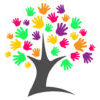
 relationship between a parent and their child. One of the key components of PCIT is the use of PRIDE skills, which are techniques that help parents build positive interactions with their children. In this blog post, we’ll take a closer look at the PRIDE skills in PCIT and how they can benefit both parents and children.
relationship between a parent and their child. One of the key components of PCIT is the use of PRIDE skills, which are techniques that help parents build positive interactions with their children. In this blog post, we’ll take a closer look at the PRIDE skills in PCIT and how they can benefit both parents and children.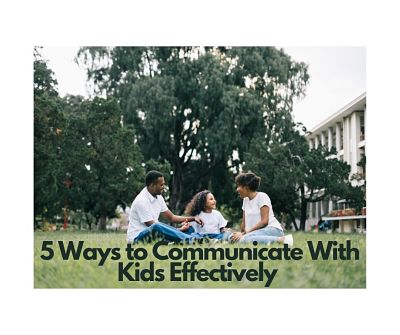
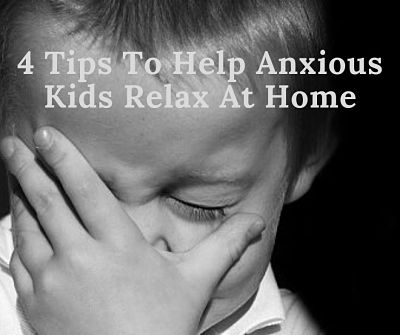
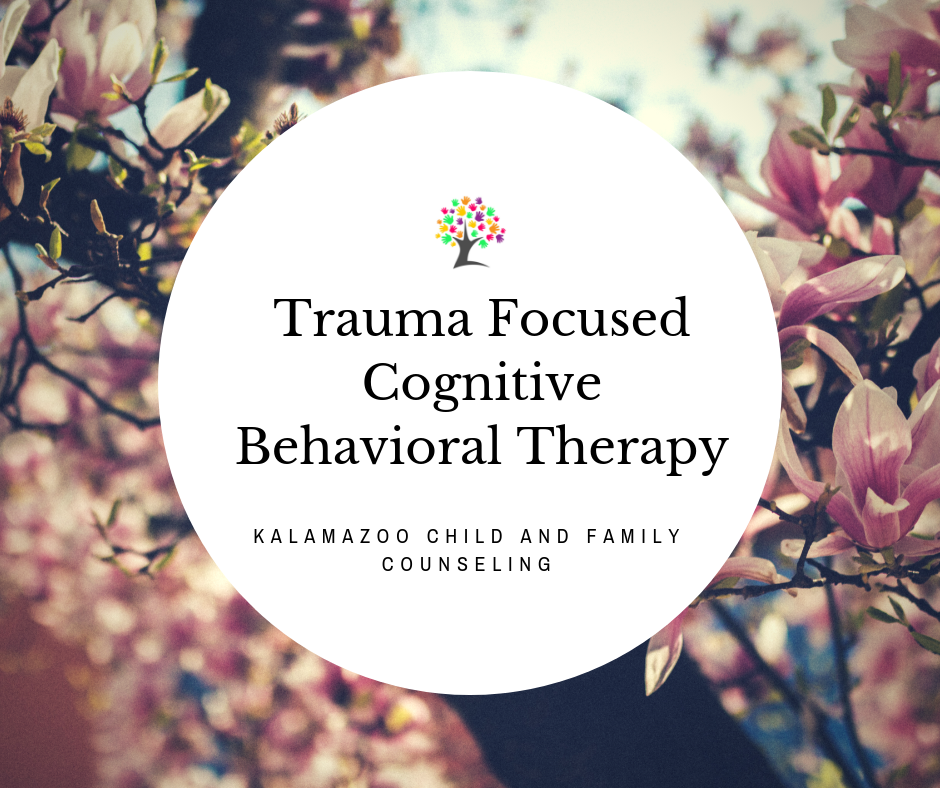

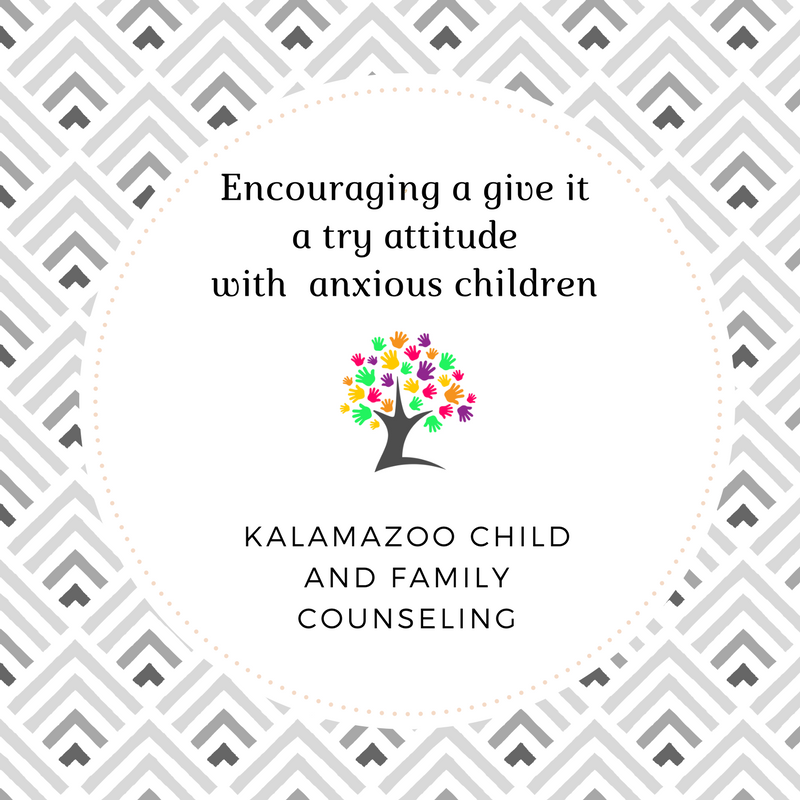
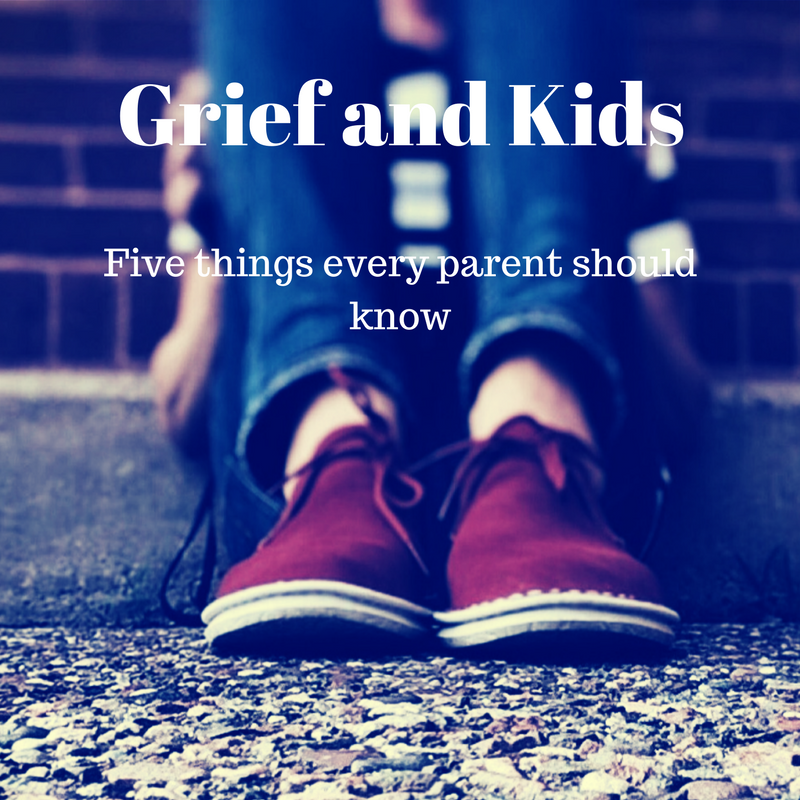
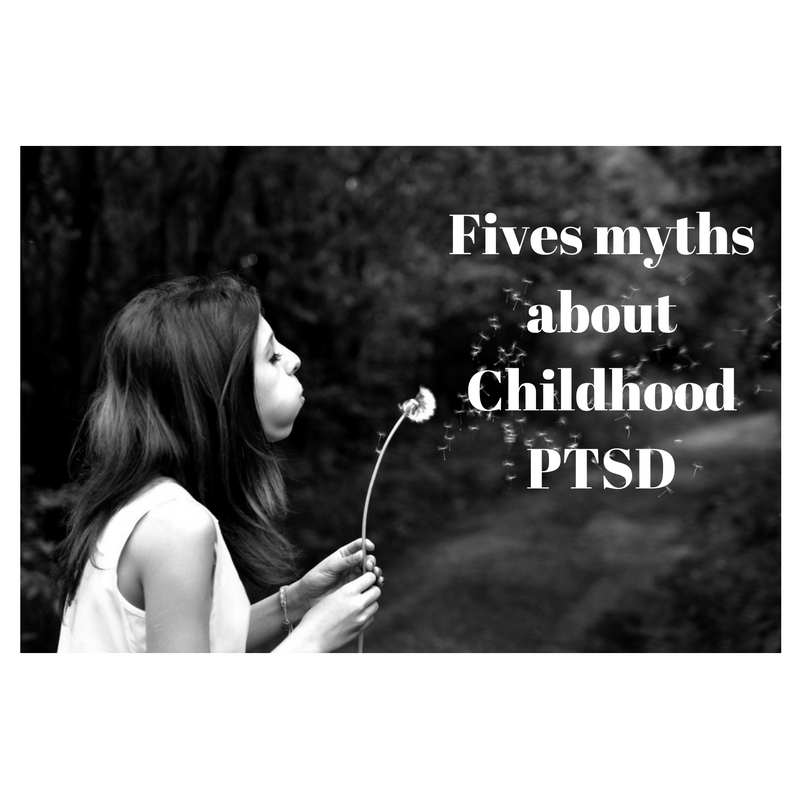

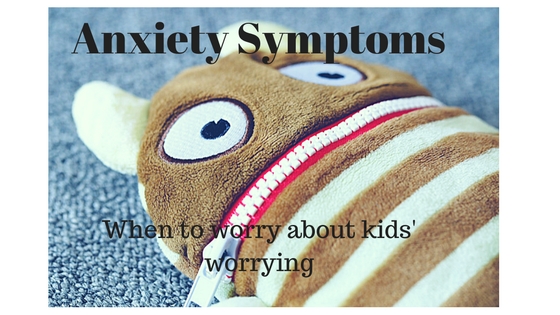
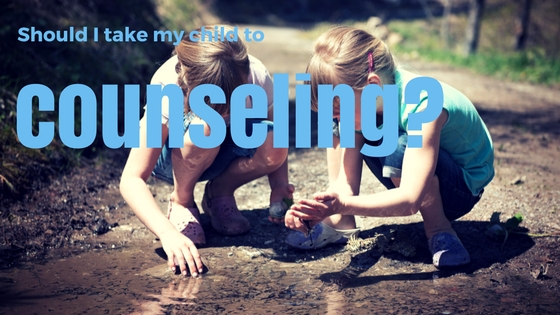
Recent Comments